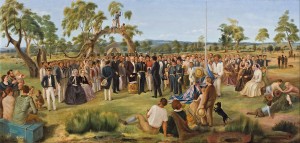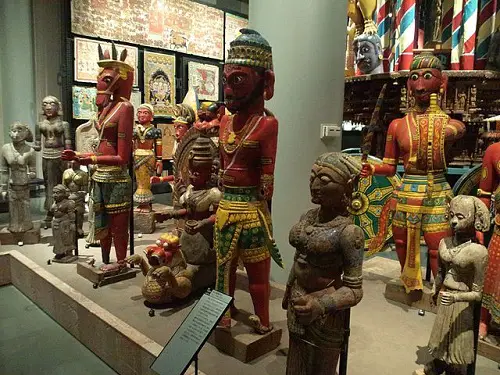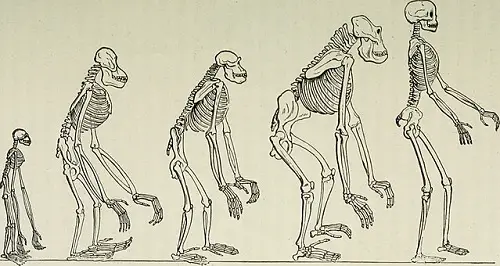 The attempt to explore and explain all of the prominent moments in Australia’s history would fill volume after volume of historical research. This short treatise will give a very brief and limited overview of what the author deems to be prominent. In discussing prominent, we will use the term “disrupter”, some event that changed the natural course of the continent and country of Australia. It is to this end that the purpose of this paper will inspire the reader to seek more information and ponder the wonder of the beautiful place on this globe we call Australia.
The attempt to explore and explain all of the prominent moments in Australia’s history would fill volume after volume of historical research. This short treatise will give a very brief and limited overview of what the author deems to be prominent. In discussing prominent, we will use the term “disrupter”, some event that changed the natural course of the continent and country of Australia. It is to this end that the purpose of this paper will inspire the reader to seek more information and ponder the wonder of the beautiful place on this globe we call Australia.
By the best historical research, it would appear that the original aborigines of Australia were a migration from Africa over 60,000 years ago. So the status quo for the aborigines was disrupted by the colonization of the British Empire in the 17th and 18th centuries. From 1606 A.D. to 1696 A.D., there have been recorded about ten significant events of exploration![i] However, the first “disrupter” of significance would have been the James Cook HMS Endeavour expedition where he charted the eastern coast, and claimed it for the British Crown. It was 17 years later that the colonization of Australia began in 1787. It consisted of 11 ships, commandeered by Governor Arthur Phillip. The aborigines would never see life on Australia the same again, as the balance of the 18th century had significant additional expeditions and problems with Europeans coming to Australia.
Moving into the 19th century[ii], in 1801 through 1803, the first complete circumnavigation of the continent was completed by Matthew Flinders. He was also the one who termed the word “Australia” in reference to New South Wales. This circumnavigation settled the question of whether this was an island or not.
The start of a significant economy in Australia occurred in 1817 when the Bank of New South Wales was chartered on July 15th. This bank has endured the test of time as it become Westpac in 1982. During this same year, Governor Lachlan Macquarie insisted on using the name “Australia” instead of New South Wales and petitioned the British Admiralty for this. It was in 1824 that this permission was granted.
The years leading up to 1850 were continued settlements, discoveries of copper, establishments of penal colonies and finally a representative constitution was granted. This was accomplished by the Australian Colonies Government Act of 1850. Coincidental to this on October 1, 1850 the first University in Australia was established in Sydney, and appropriately named the University of Sydney. All of these events were the “disrupters” needed to bring a more vibrant and educated populace within Australia.
In 1851 Victoria separated from New South Wales and became its own colony. This area also had rich gold deposits resulting in the Victorian Gold Rush. It was this gold rush that also helped to establish in Melbourne a “china town”, moving Australia toward multiculturalism. The advent of steam boats and the electric telegraph connected Sydney to Melbourne helped in the economization of the gold rush with improved services. The natural resources that had laid in the land for thousands of years, were now being “disrupted” out to produce economic expansion.
In the 1850s men over the age of 21 were allowed to vote in South Australia and New South Wales. This was the seed that led to the women’s suffrage movement of 1889! This suffrage movement was not just about the right to vote, it included private property rights, equal justice and other rights that men enjoyed up to that point. The right for women to vote was granted in 1894 and 1899 in South Australia and Western Australia respectively.
The 20th century ushered in a significant event that produced the design of the Australian flag on September 3, 1901. This flag was first flown in Melbourne creating what is known as flag day! In 1908 Canberra was chosen as the capital of Australia. In 1911 the government created the Royal Australian Navy, making it possible for Australian soldiers to participate in the First World War. The first twenty years into the this century created the High Court of Australia, governmental control of the Australian Army, women participating in the Olympic games, and surfing just to name a few.
In the 1940’s Australia participated in World War II against Germany, Italy and Japan. Significant number of Australians becomes Japanese prisoners of war, with excessive air strikes in the Northern Territory and Western Australia. By the end of the war, Australia becomes one of the founding members of the United Nations.
There are many, many more significant events in Australia’s history, too numerous to detail here. This is meant to be an overview of prominent moments in Australia’s history. You are encouraged to research deeper into the events, dates and times that has created the framework for Australia to possess a significant reputation as a country and a destination continent.












Leave a Reply